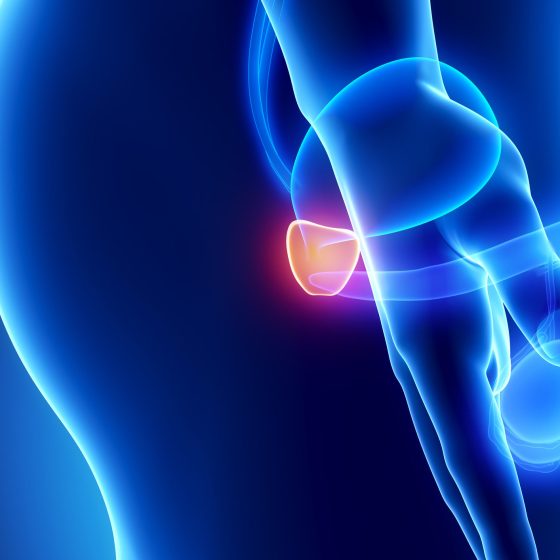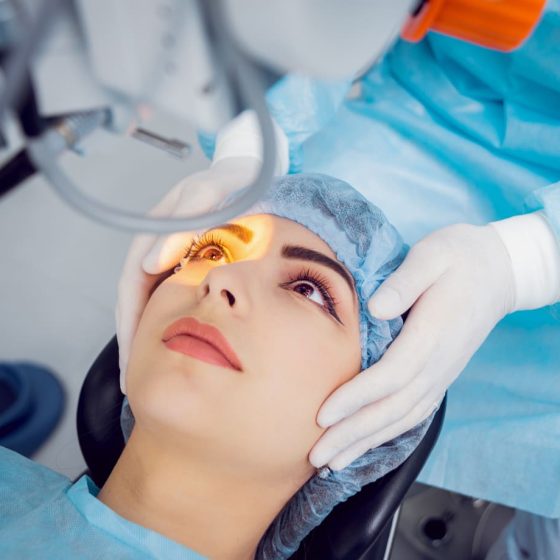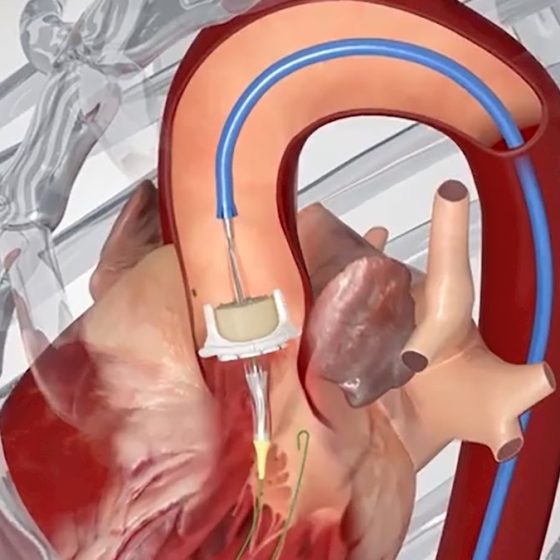Abdominal aortic aneurysm
Definition Abdominal aortic aneurysm (AAA) is defined as an abnormal dilatation of the abdominal aorta with a diameter greater than 3 cm. It is a relatively common aortic pathology that results in significant amounts of morbidity and mortality. Between 1-2% of men undergoing NHS screening (over the age of 65) will be found to have a AAA. The vast majority are infrarenal (i.e below the origin of the renal arteries). Risk factors AAA may be considered a degenerative condition of the aorta though its aetiology is not fully understood. A number of risk factors have been shown to be associated










